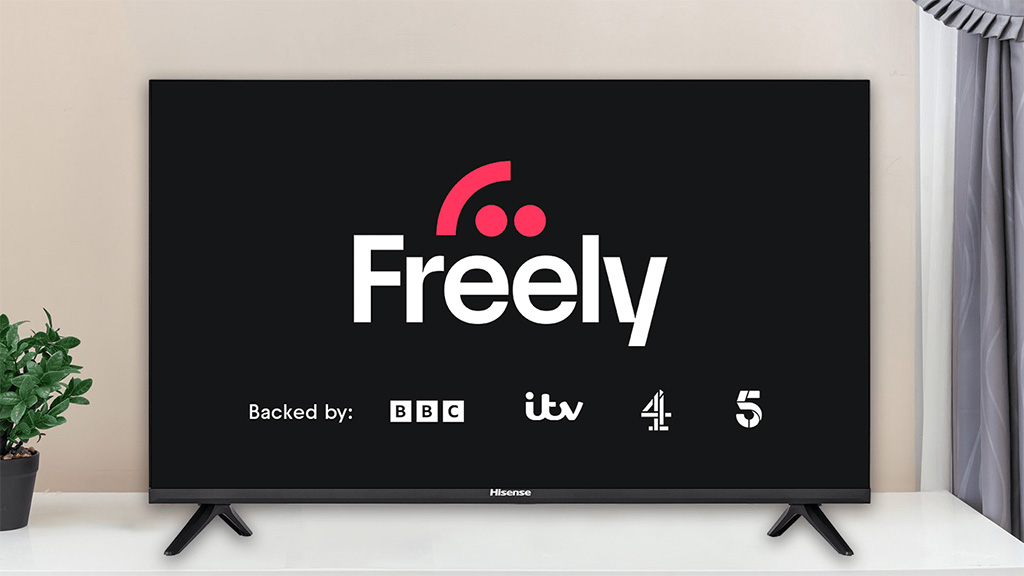The BBC has published its annual plan outlining its strategic and creative priorities for the coming year. This also provides background context on the media market in which the BBC operates. The report notes that “we are well on the way to digital transition” although we might observe that television has been completely digital since 2012. There is only a very brief mention of Freely, the online television platform launched last year.
The BBC and other public service broadcasting partners launched Freely in 2024, which it describes as an IP-delivered TV service offering live and on-demand content to help ease the transition for audiences.

The report says: “Freely has gained traction in the UK market, and it is forecast to grow at a compounded annual rate of 66% between 2024-2033, making up 48% of primary sets in 2033.”
“Freely is projected to account for c45% of total Linear IP viewing (watching live, scheduled content via Internet Protocol) in 2029,” it continues, citing a forecast from MTM 3 Reasons.
The projected adoption of Freely is worthy of closer examination. It implies that the number of homes adopting Freely will more than double every year and a half.
Freely launched just under a year ago at the end of April 2024. It was positioned as the natural successor to Freeview. No sales or adoption figures have been published, but indications are that they are underwhelming.
Although Hisense was a launch partner, and the Freely app is available on some sets from Bush, Panasonic, Sharp, TCL, and Toshiba, with an integration on sets using Amazon Fire OS announced. Big names like Samsung and LG, which between them account for about half of the market, have yet to show their support. Others, including Sony, have yet to support Freely.
A quick check of the leading electrical retailer Currys shows that they range 547 television models from 13 brands, including 161 from LG and 125 from Samsung. There are 64 Freely models, of which 34 are from Hisense, 26 from Panasonic, and 4 from TCL. The most popular is good value Hisense 55″ model for £289. The most expensive is a Hisense 110″ model for an extraordinary £18,999.
So, is it likely that Freely will make up nearly half of primary television sets in homes across the United Kingdom in 2033?
At the time of the Freely launch in April 2024, there were an estimated 28.73 million households in the United Kingdom. Of these, around 26.88 million, or 94%, were estimated to have a television.
Assuming no growth in population, which seems unlikely, for Freely to make up 48% of primary sets in 2033, would mean 12.90 million homes in the United Kingdom. Working backwards from that, with a 66% CAGR between 2024 and 2033, implies about 135,000 homes with Freely at end of 2024, or about 190,000 a year after launch. That is not a significant number of homes in television terms.
For the forecast to be correct, over 5 million Freely television sets would need to be sold in 2033.
We estimate that between 6-8 million television sets are sold annually in the United Kingdom. Peak sales were reached during the pandemic.
In order to reach the projected penetration, the majority of sets towards the end of the period would need to support Freely. Even if that were the case, it would represent a penetration of less than half of television households in that time frame.
In comparison, almost all televisions sold in the United Kingdom support Freeview and the digital terrestrial television platform.
Freeview reached about 50% penetration within four years of launch, but that was driven by a number of factors. Digital terrestrial television made available many more channels, in widescreen, and there was a clear indication that the analogue television channels that it replaced would be switched off. There was also retail industry alignment and relatively little market competition.
Freely lacks these drivers and is entering a fragmented and saturated market.
In the current absence of a clear policy change to turn off digital terrestrial transmissions, or a clearly differentiated value proposition to consumers, the projected level of growth for Freely appears hard to justify.
Some may remember that YouView was launched back in 2012 as the previous successor to Freeview. After more than a dozen years, there are about 0.2 million YouView households and about another 1.1 million BT Vision and TalkTalk homes.
A key question for the BBC and other broadcasters is what is different about Freely?
The BBC Annual Plan 2025/26 is available for download from the BBC web site.
